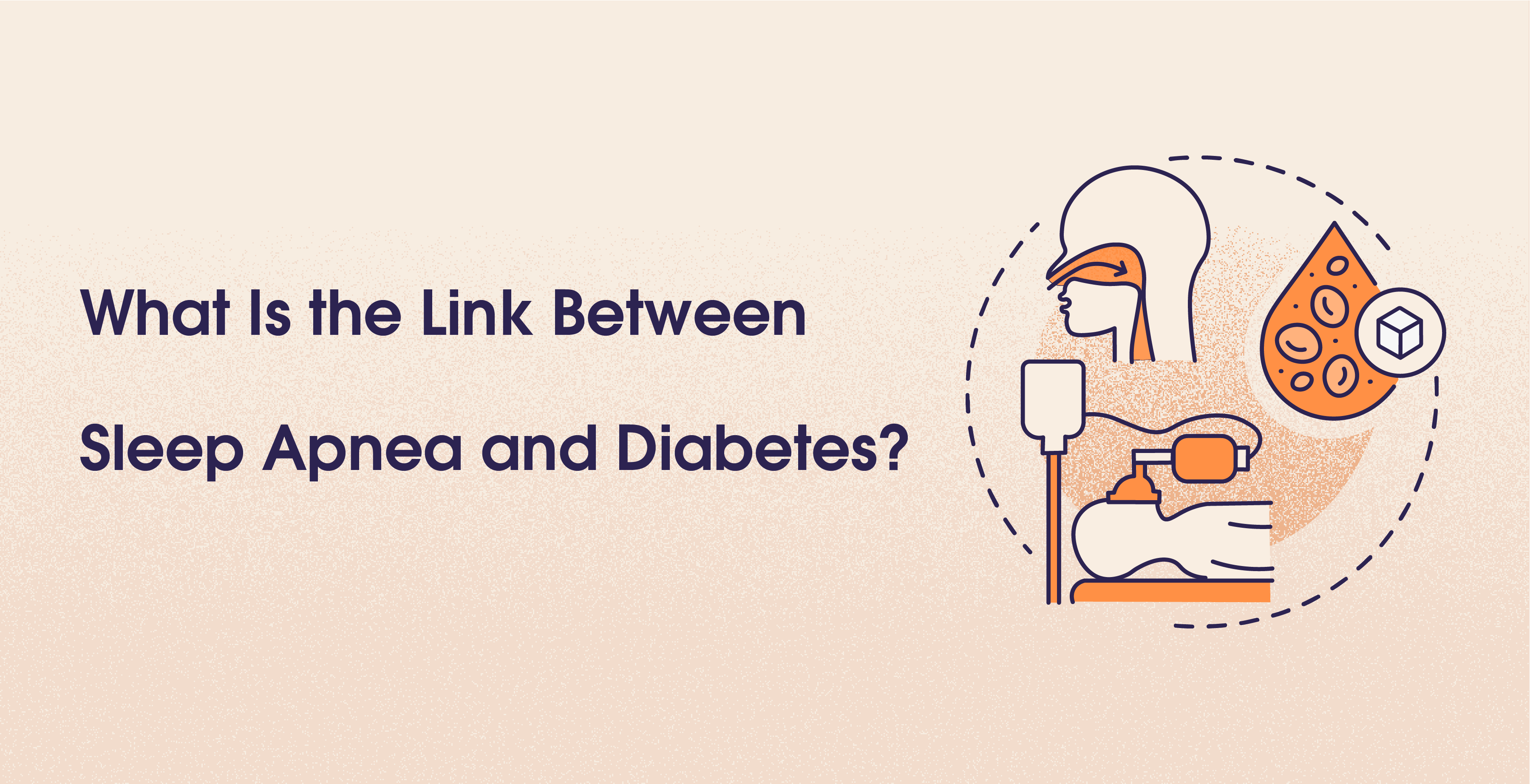Hypoglycemia: Understanding Low Blood Sugar
Jan 14, 2024
Ashima Raizada
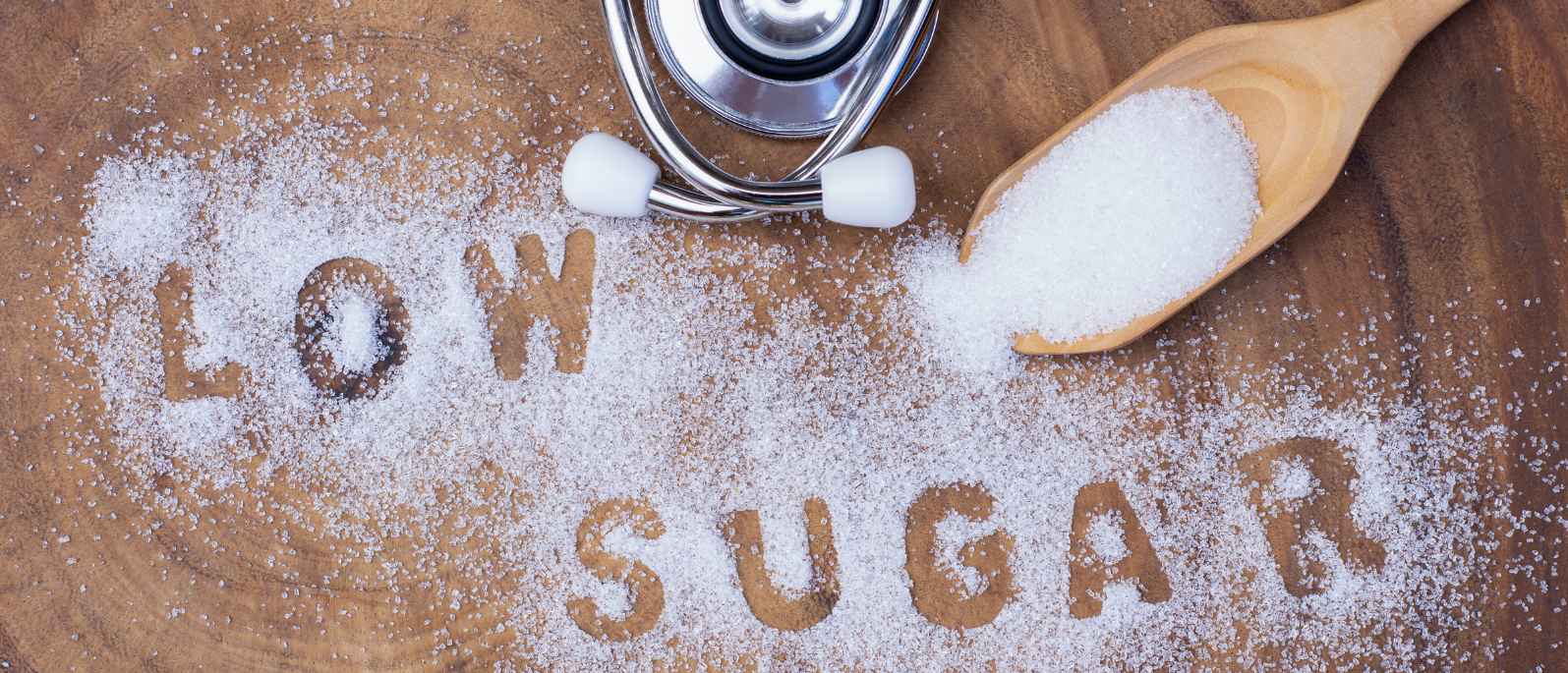


Table Of Contents
Hey there, fellow Urth-explorers! Ever had that moment when your energy levels nosedive, and suddenly it feels like you've hit a brick wall? Chances are, you've just had a run-in with the sneaky culprit - hypoglycemia! This blog is your ultimate guide to navigating these blood sugar roller coasters. So, grab a virtual seat and get ready, because we're about to transform hypoglycemia from a head-scratcher into a lightbulb moment for you. Let's unravel the mysteries and make managing those sugar levels a piece of cake (or maybe a sugar-free one)!
Highlights
Hypoglycemia occurs when blood sugar levels fall below 70 mg/dL, causing symptoms in both diabetics and non-diabetics.
Hypoglycemia and insulin resistance are inversely related, with excess insulin contributing to sudden drops in blood sugar.
Shaking, sweating, fatigue, and even seizures are common signs of hypoglycemia, emphasizing the need for prompt identification.
Hypoglycemia can affect anyone but individuals with diabetes face additional risks, including medication effects, insulin dosage, and meal timing.
Adhere to a meal plan, monitor glucose levels, and take quick action with glucose tablets or sugary items for sudden episodes, seeking prompt medical attention for persistent symptoms.
What is Hypoglycemia?
Before we get to the other details, let's understand what hypoglycemia is. Hypoglycemia occurs when there's a sudden decrease in blood glucose levels. This happens due to an excess production of insulin, leading cells to absorb more glucose than needed to maintain the optimal level. It's usually identified by a blood sugar level dropping below 70 milligrams per deciliter (mg/dL) or 3.9 millimoles per liter (mmol/L). This, as per clinicians, is considered a mild version of hypoglycemia. When your blood sugar level falls below 55 mg/dL (or 3.1 mmol/L) it is considered to be moderate hypoglycemia and if it falls below 35-40 mg/dL (or 1.9-2.2mmol/L), it is considered a severe form of hypoglycemia. (1) (2)
Hypoglycemia & Insulin Resistance: What's the connection?
For those of you that are insulin resistant and are thinking - this is not for me - then just read on a little bit longer. Hypoglycemia and insulin resistance can be connected in a bit of a seesaw scenario. While hypoglycemia involves a sudden drop in blood glucose levels, insulin resistance, on the other hand, often results from cells becoming less responsive to insulin. In a peculiar twist, insulin resistance can prompt the pancreas to release more insulin to compensate for the decreased effectiveness, potentially leading to an overshoot. This excess insulin can then drive glucose into cells at a faster rate than necessary, causing a sudden dip in blood sugar levels and contributing to hypoglycemia. So, it's like a blood sugar balancing act where the seesaw tips from too much resistance to a sudden drop, creating a delicate dance between insulin and glucose levels in the body.
So how do you know if you're hypoglycemic? Let's discuss further.
Signs & Symptoms of Hypoglycemia
Your body will always give you clear signs when your blood sugar rapidly falls (hypoglycemia). Here are some common symptoms of hypoglycemia which can occur:
Shakiness or Trembling: Feeling shaky, jittery, or trembling is a common early sign of low blood sugar.
Sweating: Experiencing sudden and unexplained sweating, even when the environment is not warm, can be a symptom.
Paleness: Skin may become pale during an episode of hypoglycemia.
Hunger: Intense feelings of hunger, even shortly after eating, may occur.
Irritability or Mood Changes: Becoming easily irritated, anxious, or having sudden mood swings.
Fatigue or Weakness: Feeling tired or weak, both physically and mentally.
Dizziness or Lightheadedness: Feeling dizzy or lightheaded, which can sometimes lead to fainting. This usually occurs in moderate to severe forms of hypoglycemia.
Headache: Experiencing a headache is another possible symptom.
Difficulty Concentrating: Finding it hard to focus or concentrate on tasks.
Blurred Vision: Vision may become blurry during an episode of low blood sugar.
Nausea: Feeling nauseous or experiencing an upset stomach.
Seizure or convulsion: This usually occurs in severe forms of hypoglycemia when your blood sugar falls below 35-40 mg/dL or 1.9-2.2 mmol/L (3)
Non-Diabetic Hypoglycemia
Non-diabetic hypoglycemia is a rare situation where blood sugar levels drop in people without diabetes. To confirm it, doctors check for classic symptoms, a low sugar level, and see if those symptoms ease up after having something sweet. It's not your everyday occurrence, but it happens, and that's what the medical pros are on the lookout for.
Fasting Hypoglycemia
Blood sugar levels can go under 70 mg/dL during periods without eating, like overnight or between meals.
Keep an eye out for symptoms like feeling clammy, confused, or irritable, especially upon waking up.
Reactive or Postprandial Hypoglycemia
Blood sugar usually drops below 70 mg/dL after eating, especially with high-carb meals or snacks.
Look out for symptoms like shakiness, sweating, irritability, and confusion. (4)
Diabetic Hypoglycemia: Causes and Connection
Hypoglycemia and diabetes could definitely be related although they aren't the same. Hypoglycemia can occur irrespective of whether you're prediabetic, diabetic or insulin resistant. People with diabetes however, can have hypoglycemia or low blood sugar. This could be due to:
Medication
Taking too much diabetes medication or not coordinating it well with meals and activities can cause low blood sugar or hypoglycemia.
Insulin Dosage
Administering too much insulin, whether intentionally or by mistake, can lead to significantly low blood sugar levels.
Meal Timing and Contents
Skipping or delaying meals can throw your blood sugar levels off balance. The amount of fat, protein, and fiber in your meal can also cause low blood sugar.
Exercise Impact
Intense physical activity without adjusting insulin levels can result in low blood sugar. Even the timing of exercise can affect your blood sugar as insulin levels change throughout the day.
Alcohol Effect
Consuming alcohol without enough food can interfere with the liver's glucose release, causing a drop in blood sugar.
Additionally, consider external factors:
Hot and humid weather
Unexpected changes in your schedule
Spending time at a high altitude
Going through puberty
Menstruation
Managing diabetes means staying mindful of these factors to avoid unexpected dips in blood sugar levels.
How Common is Hypoglycemia?
Low blood glucose is a common concern for people with type 1 diabetes and those with type 2 diabetes who rely on insulin or other diabetes medications. A global study found that over a 4-week period, about 4 out of 5 individuals with type 1 diabetes and nearly half of those with type 2 diabetes experienced at least one episode of low blood sugar.
On the other hand, severely low blood glucose, where the levels drop to a point requiring external help, is less frequent. (5) Among adults in the United States with diabetes using insulin or medications that assist insulin release, roughly 2 out of every 100 individuals may encounter severely low blood glucose each year.
Who is at Risk of Hypoglycemia?
Well mostly anyone with a bad lifestyle is susceptible to this but some people are more prone to it. People that:
Have been diagnosed with type 1 diabetes
Use insulin or specific medications to manage diabetes
Are 65 years of age or older
Have a history of previous instances of low blood glucose
Encounter other health issues like kidney disease, heart disease, or cognitive impairment, as outlined by the National Institutes of Health (NIH) (6)
Preventing Low Blood Sugar (Hypoglycemia) with Diabetes:
Stick to your meal plan, it's like your roadmap for the day.
Grab at least three good meals and sprinkle in some snacks as your diabetes coach suggests.
Try not to let meals drift too far apart; keep them within 4 to 5 hours.
Get moving! 30 minutes to an hour of exercise post-meals is great for your body. Check your sugar before and after, and chat with your doc about anything out of the ordinary that you see.
Before diving into your insulin or diabetes meds, give them a double-check. And ofcourse, make sure to check your glucose levels first!
If you're sipping on some alcoholic drinks, moderate it and keep an eye on those blood sugar levels.
Know when your medicine is doing its superhero thing at its peak. Timing is key!
Finger-prick time! Test your blood sugar as often as your doctor suggests.
Wear your diabetes ID bracelet like your diabetes badge to stay safe! (7)
Remember, it's your daily playbook for staying on top of the diabetes game!
Emergency Hypoglycemia Treatment:
When that low sugar feeling hits, grab yourself a quick fix with 15 grams of speedy carbs:
It could be three to four glucose tablets
A tube of glucose gel
Four to six pieces of hard candy (not the sugar-free kind) can do the trick
Pour yourself half a cup of fruit juice or one cup of skim milk
Half a cup of regular soft drink (not the sugar-free version) could be your sweet escape.
Try a spoonful of honey - pop it under your tongue for a fast-track to that bloodstream boost
After this, have some long-acting source of sugar such as carbs in bread or crackers in a small amount along with a protein or fat source. (8)
Make sure to check your blood sugar after fifteen minutes again. If your blood sugar is still below 70 mg/dL, grab another serving of any of the above foods and repeat the process! If you're prone to having such episodes, it is best to keep a glucagon injection around for others to use on you or have them call 911.
When to Reach Out to a Doctor
If you're experiencing symptoms that seem like hypoglycemia, and you're not dealing with diabetes, it's a good idea to get in touch with a doctor.
For those with diabetes, if hypoglycemia isn't budging after the usual fixes like drinking juice, regular soft drinks, munching on candy, or taking glucose tablets, it's time to seek medical advice.
If someone you know with diabetes or a history of hypoglycemia is showing signs of severe hypoglycemia or passes out, don't wait - get emergency help right away.
Conclusion
Hypoglycemia occurs when blood sugar levels drop below 70 mg/dL, a condition that can affect both diabetics and non-diabetics. Symptoms may include sweating, nausea, dizziness, and, in severe cases, fainting. Recognizing these signs is crucial, and immediate consumption of something sugary can help. Long-term prevention involves maintaining a balanced diet, exercising at appropriate times, and monitoring medications. If you notice any abnormalities, seeking advice from a doctor is essential for proper management.
References
Hey there, fellow Urth-explorers! Ever had that moment when your energy levels nosedive, and suddenly it feels like you've hit a brick wall? Chances are, you've just had a run-in with the sneaky culprit - hypoglycemia! This blog is your ultimate guide to navigating these blood sugar roller coasters. So, grab a virtual seat and get ready, because we're about to transform hypoglycemia from a head-scratcher into a lightbulb moment for you. Let's unravel the mysteries and make managing those sugar levels a piece of cake (or maybe a sugar-free one)!
Highlights
Hypoglycemia occurs when blood sugar levels fall below 70 mg/dL, causing symptoms in both diabetics and non-diabetics.
Hypoglycemia and insulin resistance are inversely related, with excess insulin contributing to sudden drops in blood sugar.
Shaking, sweating, fatigue, and even seizures are common signs of hypoglycemia, emphasizing the need for prompt identification.
Hypoglycemia can affect anyone but individuals with diabetes face additional risks, including medication effects, insulin dosage, and meal timing.
Adhere to a meal plan, monitor glucose levels, and take quick action with glucose tablets or sugary items for sudden episodes, seeking prompt medical attention for persistent symptoms.
What is Hypoglycemia?
Before we get to the other details, let's understand what hypoglycemia is. Hypoglycemia occurs when there's a sudden decrease in blood glucose levels. This happens due to an excess production of insulin, leading cells to absorb more glucose than needed to maintain the optimal level. It's usually identified by a blood sugar level dropping below 70 milligrams per deciliter (mg/dL) or 3.9 millimoles per liter (mmol/L). This, as per clinicians, is considered a mild version of hypoglycemia. When your blood sugar level falls below 55 mg/dL (or 3.1 mmol/L) it is considered to be moderate hypoglycemia and if it falls below 35-40 mg/dL (or 1.9-2.2mmol/L), it is considered a severe form of hypoglycemia. (1) (2)
Hypoglycemia & Insulin Resistance: What's the connection?
For those of you that are insulin resistant and are thinking - this is not for me - then just read on a little bit longer. Hypoglycemia and insulin resistance can be connected in a bit of a seesaw scenario. While hypoglycemia involves a sudden drop in blood glucose levels, insulin resistance, on the other hand, often results from cells becoming less responsive to insulin. In a peculiar twist, insulin resistance can prompt the pancreas to release more insulin to compensate for the decreased effectiveness, potentially leading to an overshoot. This excess insulin can then drive glucose into cells at a faster rate than necessary, causing a sudden dip in blood sugar levels and contributing to hypoglycemia. So, it's like a blood sugar balancing act where the seesaw tips from too much resistance to a sudden drop, creating a delicate dance between insulin and glucose levels in the body.
So how do you know if you're hypoglycemic? Let's discuss further.
Signs & Symptoms of Hypoglycemia
Your body will always give you clear signs when your blood sugar rapidly falls (hypoglycemia). Here are some common symptoms of hypoglycemia which can occur:
Shakiness or Trembling: Feeling shaky, jittery, or trembling is a common early sign of low blood sugar.
Sweating: Experiencing sudden and unexplained sweating, even when the environment is not warm, can be a symptom.
Paleness: Skin may become pale during an episode of hypoglycemia.
Hunger: Intense feelings of hunger, even shortly after eating, may occur.
Irritability or Mood Changes: Becoming easily irritated, anxious, or having sudden mood swings.
Fatigue or Weakness: Feeling tired or weak, both physically and mentally.
Dizziness or Lightheadedness: Feeling dizzy or lightheaded, which can sometimes lead to fainting. This usually occurs in moderate to severe forms of hypoglycemia.
Headache: Experiencing a headache is another possible symptom.
Difficulty Concentrating: Finding it hard to focus or concentrate on tasks.
Blurred Vision: Vision may become blurry during an episode of low blood sugar.
Nausea: Feeling nauseous or experiencing an upset stomach.
Seizure or convulsion: This usually occurs in severe forms of hypoglycemia when your blood sugar falls below 35-40 mg/dL or 1.9-2.2 mmol/L (3)
Non-Diabetic Hypoglycemia
Non-diabetic hypoglycemia is a rare situation where blood sugar levels drop in people without diabetes. To confirm it, doctors check for classic symptoms, a low sugar level, and see if those symptoms ease up after having something sweet. It's not your everyday occurrence, but it happens, and that's what the medical pros are on the lookout for.
Fasting Hypoglycemia
Blood sugar levels can go under 70 mg/dL during periods without eating, like overnight or between meals.
Keep an eye out for symptoms like feeling clammy, confused, or irritable, especially upon waking up.
Reactive or Postprandial Hypoglycemia
Blood sugar usually drops below 70 mg/dL after eating, especially with high-carb meals or snacks.
Look out for symptoms like shakiness, sweating, irritability, and confusion. (4)
Diabetic Hypoglycemia: Causes and Connection
Hypoglycemia and diabetes could definitely be related although they aren't the same. Hypoglycemia can occur irrespective of whether you're prediabetic, diabetic or insulin resistant. People with diabetes however, can have hypoglycemia or low blood sugar. This could be due to:
Medication
Taking too much diabetes medication or not coordinating it well with meals and activities can cause low blood sugar or hypoglycemia.
Insulin Dosage
Administering too much insulin, whether intentionally or by mistake, can lead to significantly low blood sugar levels.
Meal Timing and Contents
Skipping or delaying meals can throw your blood sugar levels off balance. The amount of fat, protein, and fiber in your meal can also cause low blood sugar.
Exercise Impact
Intense physical activity without adjusting insulin levels can result in low blood sugar. Even the timing of exercise can affect your blood sugar as insulin levels change throughout the day.
Alcohol Effect
Consuming alcohol without enough food can interfere with the liver's glucose release, causing a drop in blood sugar.
Additionally, consider external factors:
Hot and humid weather
Unexpected changes in your schedule
Spending time at a high altitude
Going through puberty
Menstruation
Managing diabetes means staying mindful of these factors to avoid unexpected dips in blood sugar levels.
How Common is Hypoglycemia?
Low blood glucose is a common concern for people with type 1 diabetes and those with type 2 diabetes who rely on insulin or other diabetes medications. A global study found that over a 4-week period, about 4 out of 5 individuals with type 1 diabetes and nearly half of those with type 2 diabetes experienced at least one episode of low blood sugar.
On the other hand, severely low blood glucose, where the levels drop to a point requiring external help, is less frequent. (5) Among adults in the United States with diabetes using insulin or medications that assist insulin release, roughly 2 out of every 100 individuals may encounter severely low blood glucose each year.
Who is at Risk of Hypoglycemia?
Well mostly anyone with a bad lifestyle is susceptible to this but some people are more prone to it. People that:
Have been diagnosed with type 1 diabetes
Use insulin or specific medications to manage diabetes
Are 65 years of age or older
Have a history of previous instances of low blood glucose
Encounter other health issues like kidney disease, heart disease, or cognitive impairment, as outlined by the National Institutes of Health (NIH) (6)
Preventing Low Blood Sugar (Hypoglycemia) with Diabetes:
Stick to your meal plan, it's like your roadmap for the day.
Grab at least three good meals and sprinkle in some snacks as your diabetes coach suggests.
Try not to let meals drift too far apart; keep them within 4 to 5 hours.
Get moving! 30 minutes to an hour of exercise post-meals is great for your body. Check your sugar before and after, and chat with your doc about anything out of the ordinary that you see.
Before diving into your insulin or diabetes meds, give them a double-check. And ofcourse, make sure to check your glucose levels first!
If you're sipping on some alcoholic drinks, moderate it and keep an eye on those blood sugar levels.
Know when your medicine is doing its superhero thing at its peak. Timing is key!
Finger-prick time! Test your blood sugar as often as your doctor suggests.
Wear your diabetes ID bracelet like your diabetes badge to stay safe! (7)
Remember, it's your daily playbook for staying on top of the diabetes game!
Emergency Hypoglycemia Treatment:
When that low sugar feeling hits, grab yourself a quick fix with 15 grams of speedy carbs:
It could be three to four glucose tablets
A tube of glucose gel
Four to six pieces of hard candy (not the sugar-free kind) can do the trick
Pour yourself half a cup of fruit juice or one cup of skim milk
Half a cup of regular soft drink (not the sugar-free version) could be your sweet escape.
Try a spoonful of honey - pop it under your tongue for a fast-track to that bloodstream boost
After this, have some long-acting source of sugar such as carbs in bread or crackers in a small amount along with a protein or fat source. (8)
Make sure to check your blood sugar after fifteen minutes again. If your blood sugar is still below 70 mg/dL, grab another serving of any of the above foods and repeat the process! If you're prone to having such episodes, it is best to keep a glucagon injection around for others to use on you or have them call 911.
When to Reach Out to a Doctor
If you're experiencing symptoms that seem like hypoglycemia, and you're not dealing with diabetes, it's a good idea to get in touch with a doctor.
For those with diabetes, if hypoglycemia isn't budging after the usual fixes like drinking juice, regular soft drinks, munching on candy, or taking glucose tablets, it's time to seek medical advice.
If someone you know with diabetes or a history of hypoglycemia is showing signs of severe hypoglycemia or passes out, don't wait - get emergency help right away.
Conclusion
Hypoglycemia occurs when blood sugar levels drop below 70 mg/dL, a condition that can affect both diabetics and non-diabetics. Symptoms may include sweating, nausea, dizziness, and, in severe cases, fainting. Recognizing these signs is crucial, and immediate consumption of something sugary can help. Long-term prevention involves maintaining a balanced diet, exercising at appropriate times, and monitoring medications. If you notice any abnormalities, seeking advice from a doctor is essential for proper management.
References
Table Of Contents
Table Of Contents
Table Of Contents
Read More
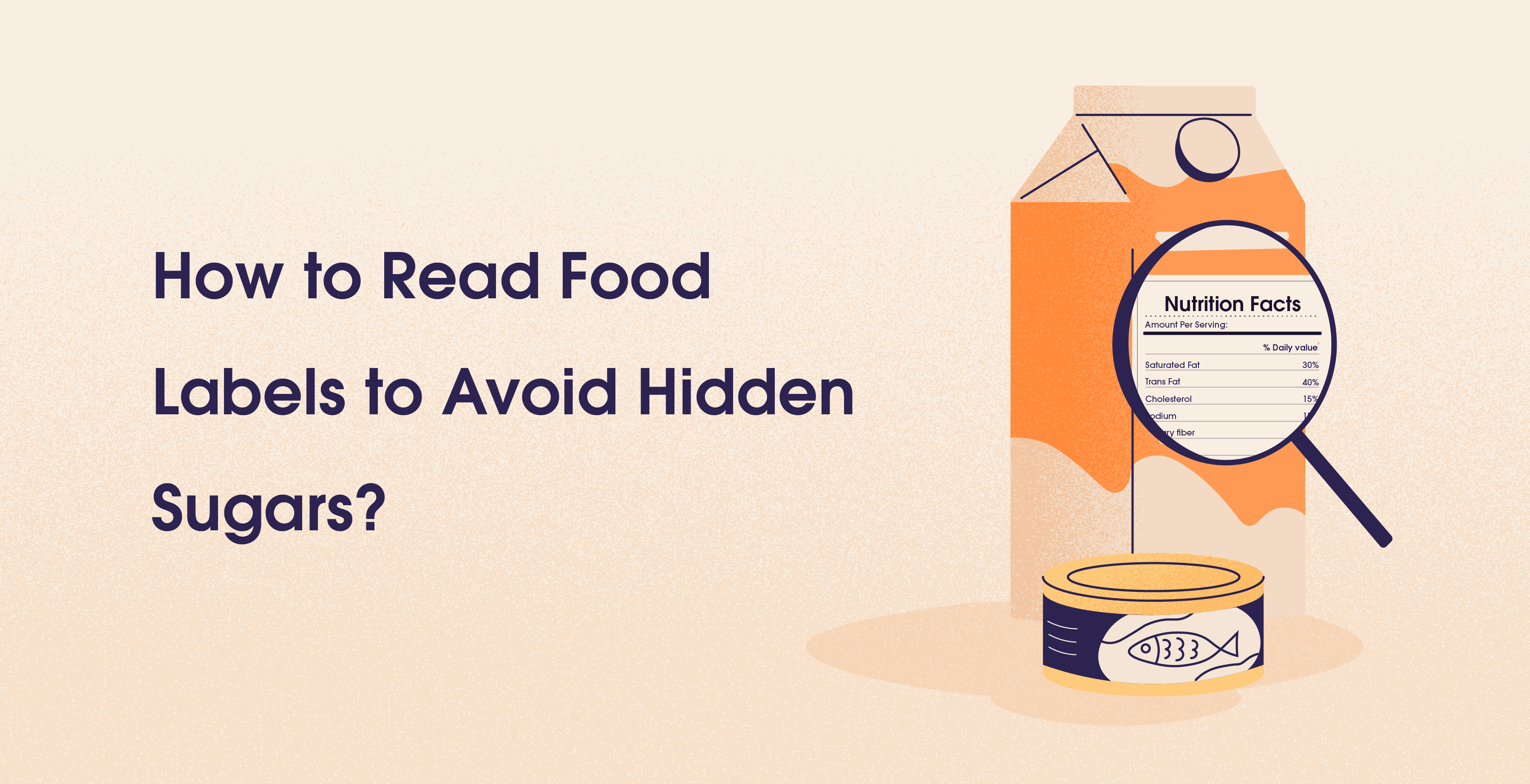

Apr 2, 2025
Sayfali Rawlani
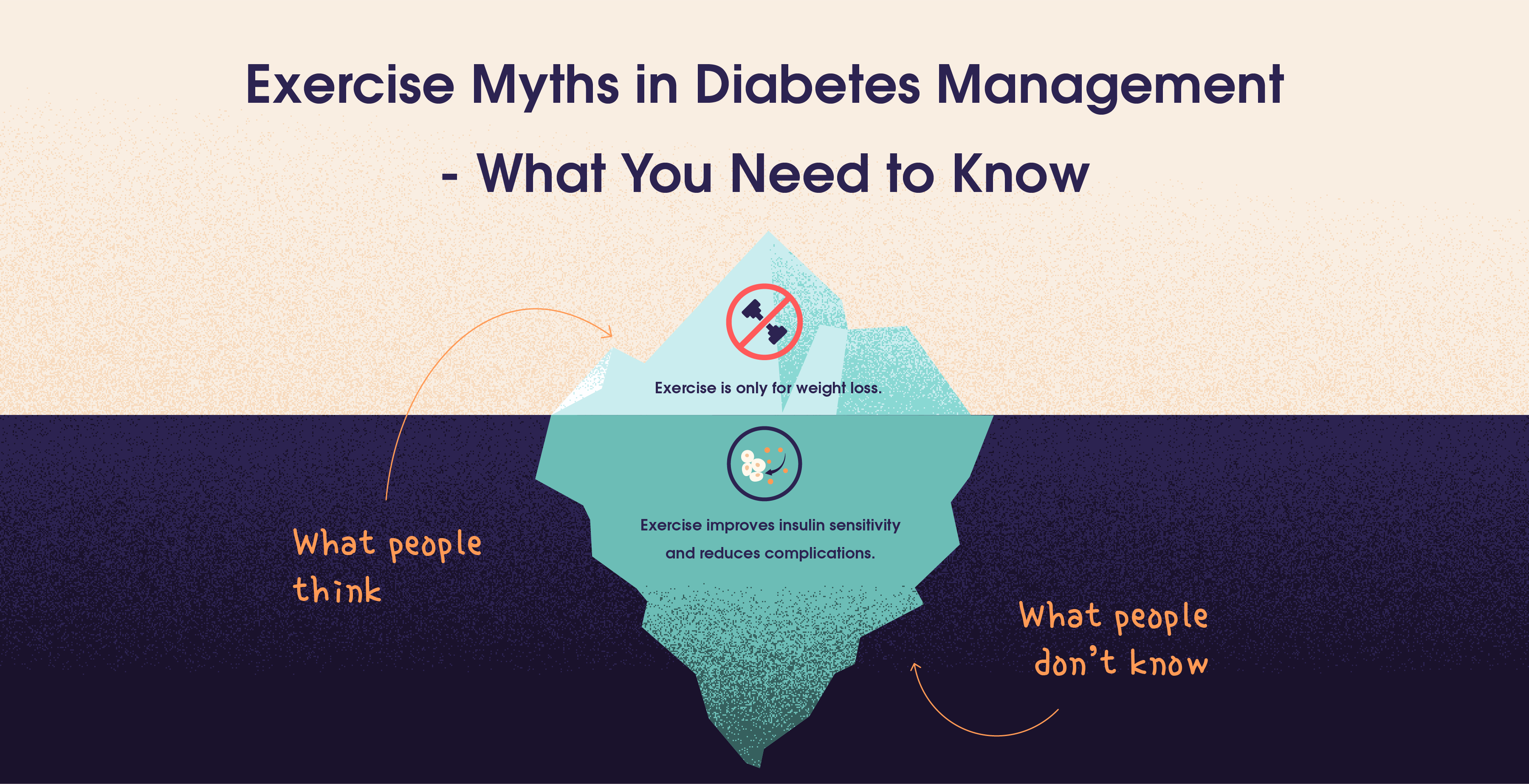

Feb 17, 2025
Aparna Hurtis
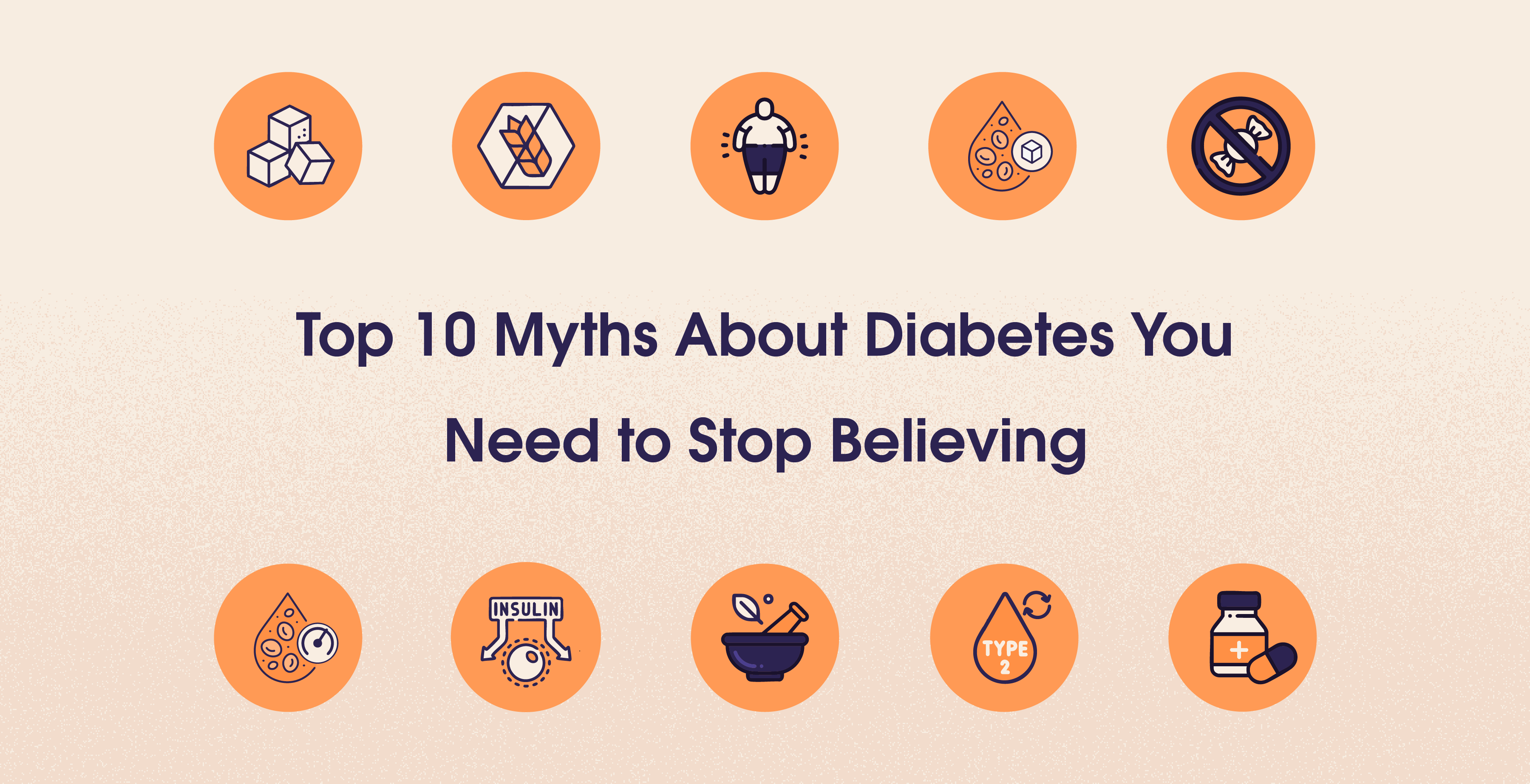

Feb 10, 2025
Aparna Hurtis



Company
Copyright © 2025 trst health. All right reserved.

